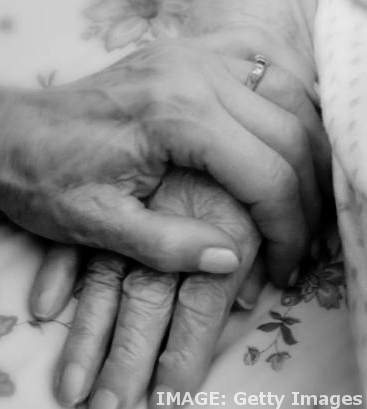Voluntary dying passes in Victoria
 Victoria has passed its voluntary assisted dying bill, making euthanasia legal from 2019.
Victoria has passed its voluntary assisted dying bill, making euthanasia legal from 2019.
The bill passed the Legislative Assembly late last week, following over 100 hours of debate across both houses, and is believed to be the first time in the world that a parliament has successfully introduced voluntary assisted dying. Other countries have introduced laws through referendum or a court process.
The bill’s passage makes Victoria the first Australian jurisdiction to legalise assisted dying since the Northern Territory, whose short-lived Rights of the Terminally Ill Act was scrapped by the federal parliament in 1997.
The bill only passed with significant amendments, including a requirement for people using the scheme to have “assisted dying” recorded as the manner of death on their death certificate rather than their illness.
The timeframe for eligible patients to access the scheme was tightened by the amendments, down from 12 months to six months to live. Additionally, a provision was added so that a person must have lived in Victoria for at least 12 months before being able to access the scheme.
Neurosurgeon Prof Brian Owler, former Australian Medical Association president and chair of the independent ministerial advisory panel on voluntary assisted dying, said he “could live with” the amendments.
“I’m obviously very pleased today that it’s through and I think a lot of people will be pleased that it has passed, but there are also mixed feelings,” he told reporters.
“I think this must also be a day where we reflect on all of those people that have given so much to see this bill pass, particularly those with terminal illnesses who have advocated, some of them who are no longer with us, so others don’t have to suffer.
“And we must also thank their friends and family who have carried on that advocacy as well. So, there will be mixed feelings for those people, but obviously there is relief and happiness that it is through.”
Professor Kathy Eagar, executive director of the Australian Palliative Care Outcomes Collaboration and director of the Australian Health Services Research Institute at the University of Wollongong, says she does not have an opinion either way on euthanasia, but that there is an interesting story told in the statistics about it.
While many consider it to be a choice of death over unbearable pain, Professor Eagar says that is not the case.
She said research shows that pain is not even in the top five reasons people choose euthanasia.
“People elect euthanasia for a lot of reasons, but the most important is that they don't want to lose their independence and autonomy,” she said.
“That's got nothing to do with pain and symptoms, it's a feeling that you're becoming a burden on other people.
“You're finding life less enjoyable, you're finding you can no longer do the things you loved to do, you believe you're starting to lose your dignity — that's the major reasons people are electing euthanasia internationally.
“Concerns about pain are only ever raised by about one in four people electing euthanasia internationally.
“The most common reason that people end up in hospital at end of life is because they do develop pain and symptoms that they can't manage at home.
“So about 9 per cent of people will start their episode of hospital palliative care with severe pain, and that will be back to about 2 per cent of those people by the time they die.
“Even with that 2 per cent, they're still able to be helped in some way.
“That's quite different to the perception that's been created in the media where a lot of the conversation has implied that everybody at end of life, has severe pain — 98 per cent of people are not in severe pain when they die.”








 Print
Print